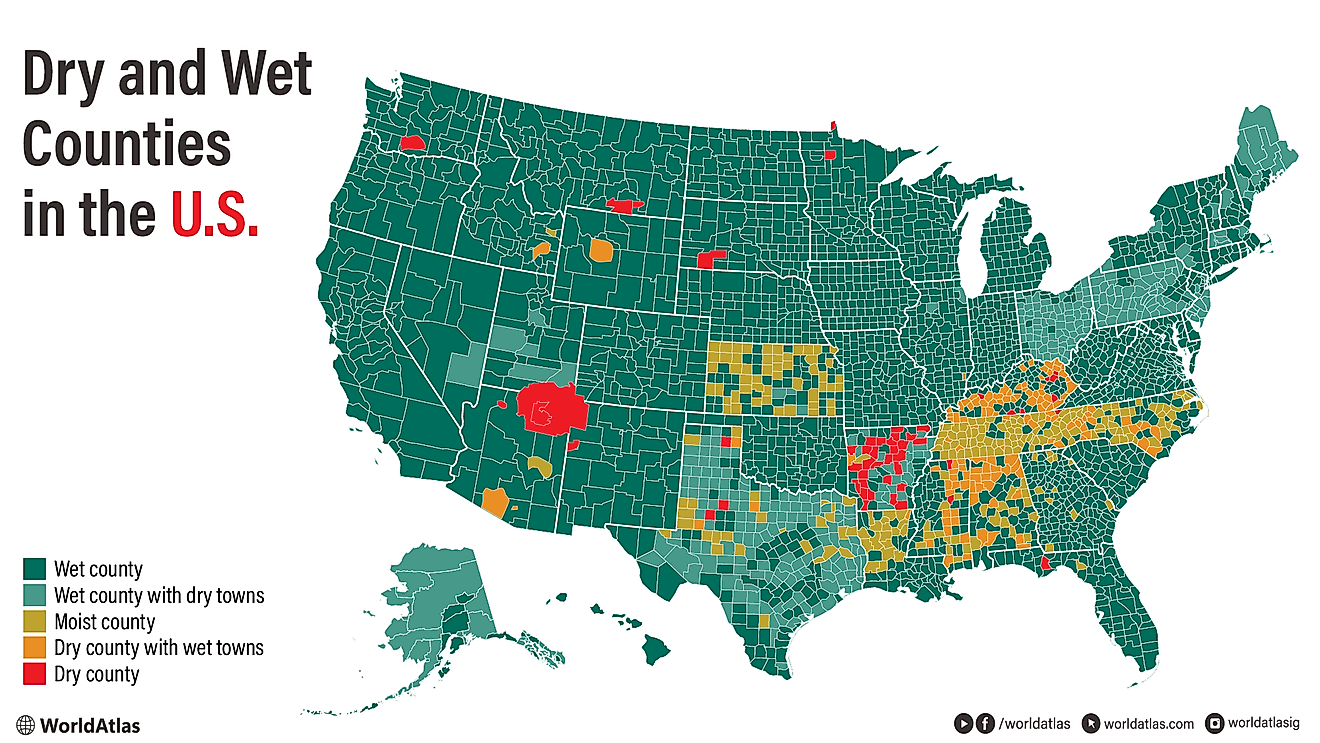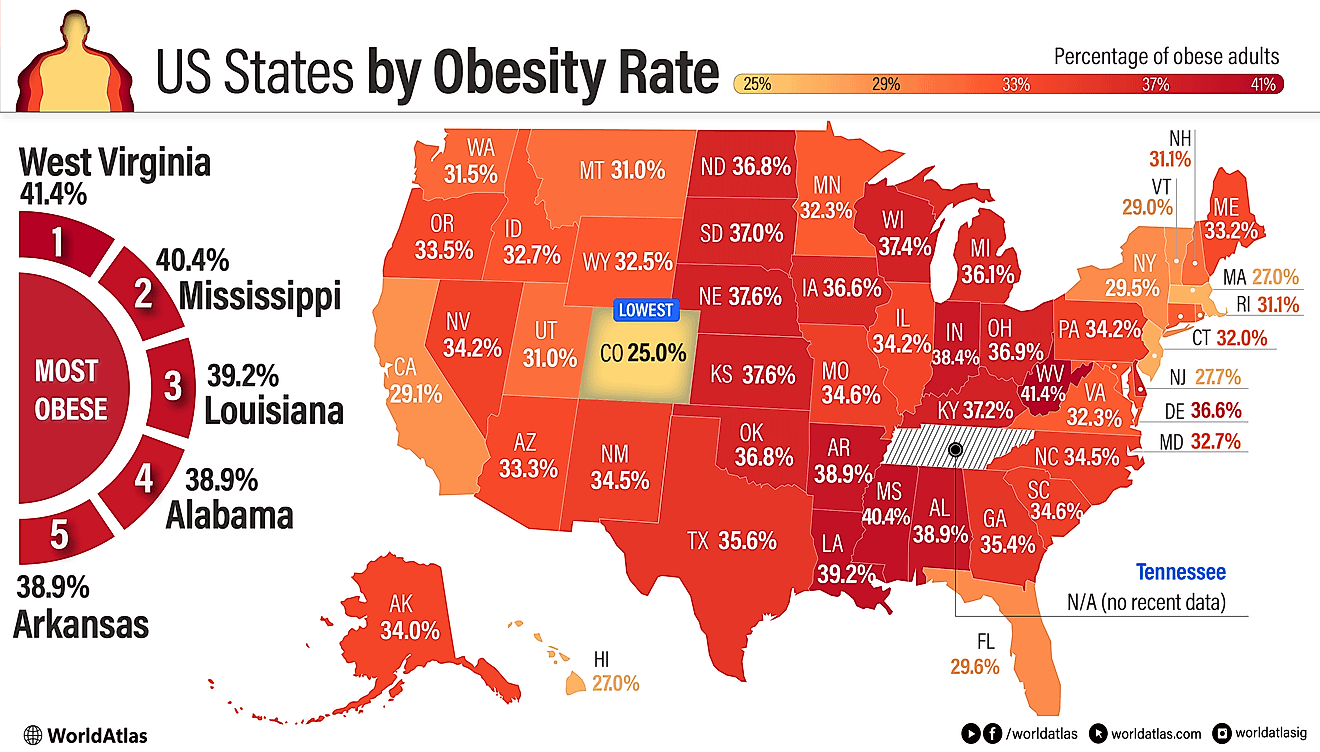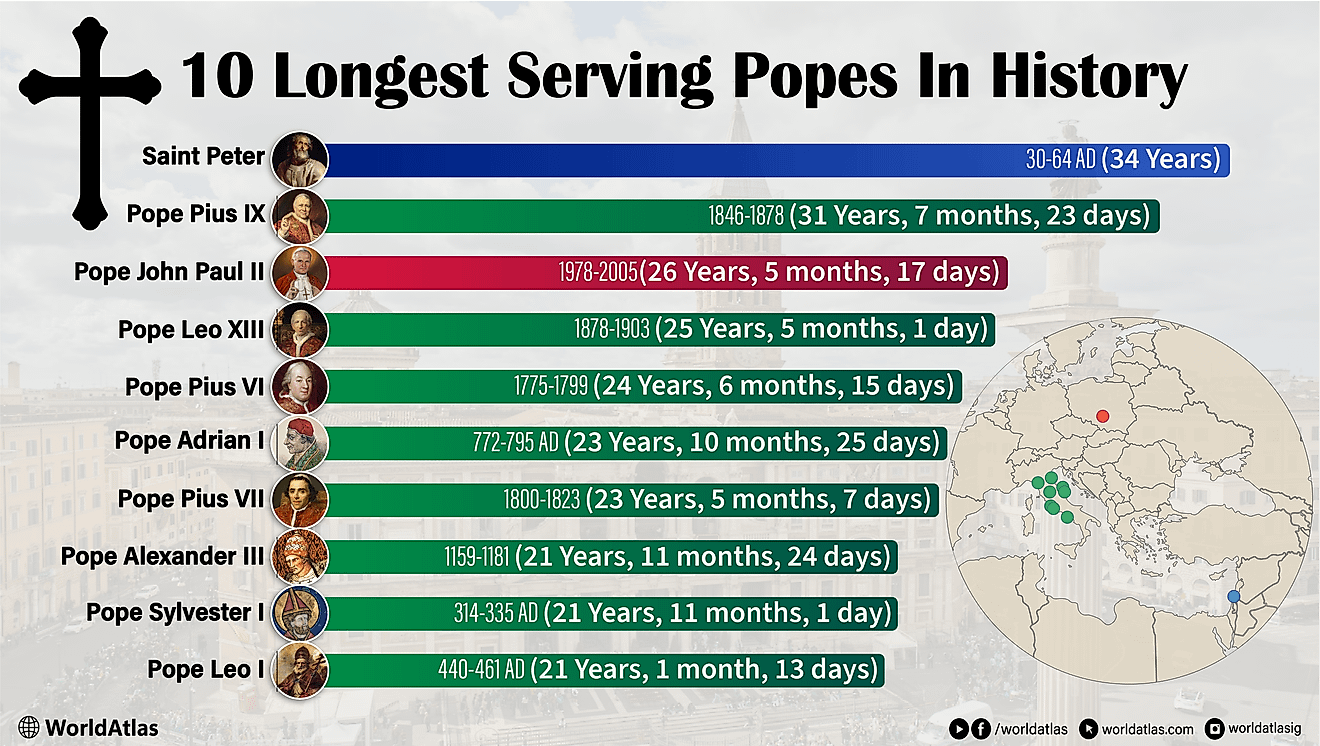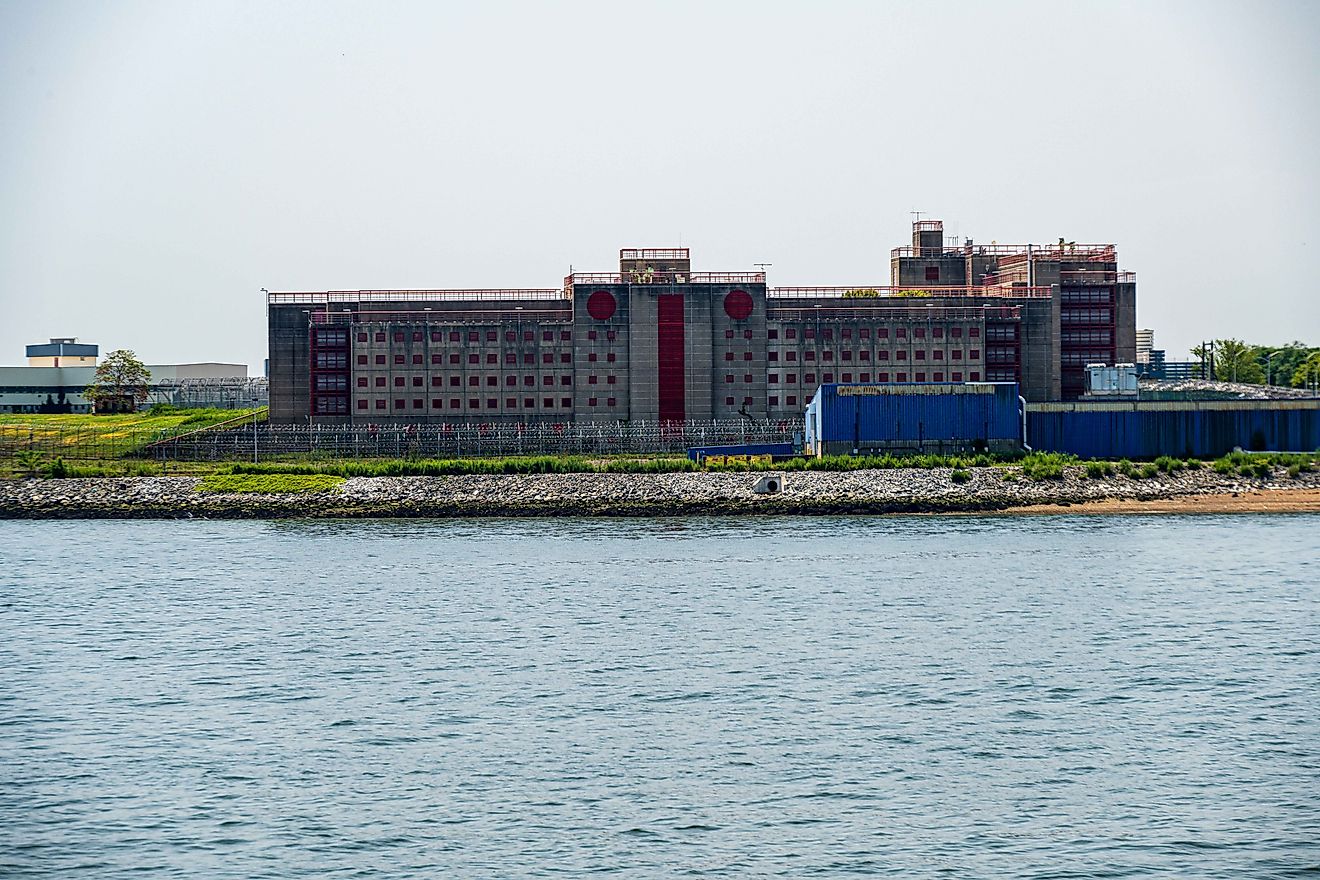The Battle of Yorktown: The American Revolutionary War
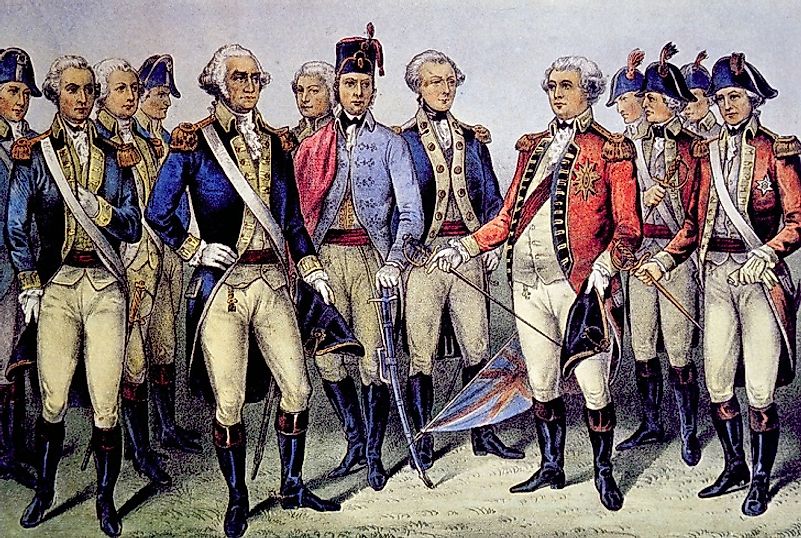
5. Background
The battle of Yorktown was the final major battle of the American Revolutionary War. It took place in Yorktown, Virginia, from September 28th, 1781 to October 19th, 1781. In late August, 1781, George Washington realized that the army of General Charles Cornwallis was located near Yorktown. General Washington's army was located near New York City and, on August 21st, 1781 with the goal of destroying Cornwallis' army, joined with the French as one force. The French Navy played an important role as well, since it prevented General Cornwallis' army from getting any additional military forces. The battle of Yorktown is considered one of the most important battles in the American Revolutionary War, since for many it symbolized America's ultimate victory over the British, paving the way for independent home rule.
4. Makeup
The sides of the battle were the Continental (or American) and French sides on one hand, and the British army on the other. General George Washington commanded the American-French side while General Lord Charles Cornwallis was at the head of the British army. George Washington's army included 17,000 troops while the British had only 9,000. Although Cornwallis expected 5,000 men to arrive from New York, the timing of the battle didn't allow this to happen. Just as the Americans were supported by Rochambeau’s Frenchmen, Britain had called up hired German soldiers from Hesse-Kassel and Ansbach to facilitate Cornwallis' objectives.
3. Description
General George Washington used secrecy as his main tactic. He wanted everyone (including other Americans) to believe that he would be sending his army to New York. There was an initial battle called the Battle of Chesapeake in which the British army was defeated by the French. While the British were being misled, Washington reached Yorktown. Washington had at his disposal siege tools, artillery, shock troops, and French infantry. The strategy was that the men would surround Yorktown via Williamsburg. On September 29th, 1781, guns were fired both from the British and the American sides, leaving a few casualties behind and prompting both sides to work on improving their defenses. In effect, the British fired aimlessly as the French were placing their artillery in the most optimal manner, and the British therefore lost any advantage they might have had. Washington’s men were the first to fire their guns on October 9th, 1781, when the final attack commenced. Seeing that he was losing, Cornwallis attempted to escape to New York with his army 7 days later. When no hope of doing so proved possible, they instead surrendered a day later.
2. Outcome
The combined Continental-French army won because of the greater number of troops they had in addition to the secrecy of tactics employed by General Washington. In terms of casualties, the French lost 60 men and 194 were injured, the Americans lost 28 with 107 wounded, and the British and their contracted Germans had 156 of their own killed, 326 injured, and 70 missing. Cornwallis surrendered along with another 7,087 of his subservient men.
1. Significance
This battle was important because it effectively ended the American Revolutionary War and paved the way for the realization of independence, though a few small skirmishes occurred here and there for some time between a number of pro-Royal and pro-Continental groups for more than a year in a war that lasted 8 bloody years in all. The war officially ended with the signing of the Treaty of Paris almost 2 years later on September 3, 1783, with the recognition of American independence from Great Britain. Although the two armies had smaller units that would continue fighting for two more years, both parties already knew of the impending overall American victory beforehand. The British Parliament was to have no control over the thirteen colonies and, soon afterwards, America would establish itself as an independent nation with a National Constitution to be written and approved by its constituent colonies, which would become the “United States”. Experts agree that without an American victory in the Battle of Yorktown, the war would have been prolonged for a long time more, and the British may have been able to win the war and retake possession of America. The battle site is maintained as part of Colonial National Historical Park by the National Park Service. The area is still militarily important to this day, neighboring a number of US military arsenal and training facilities, as well as defense manufacturers.
